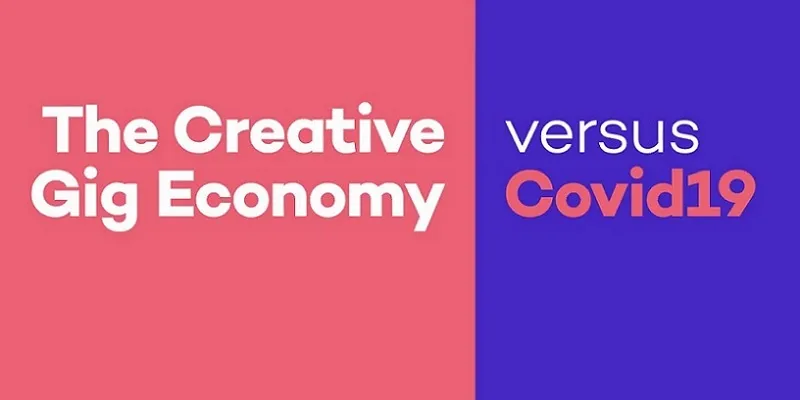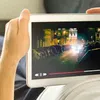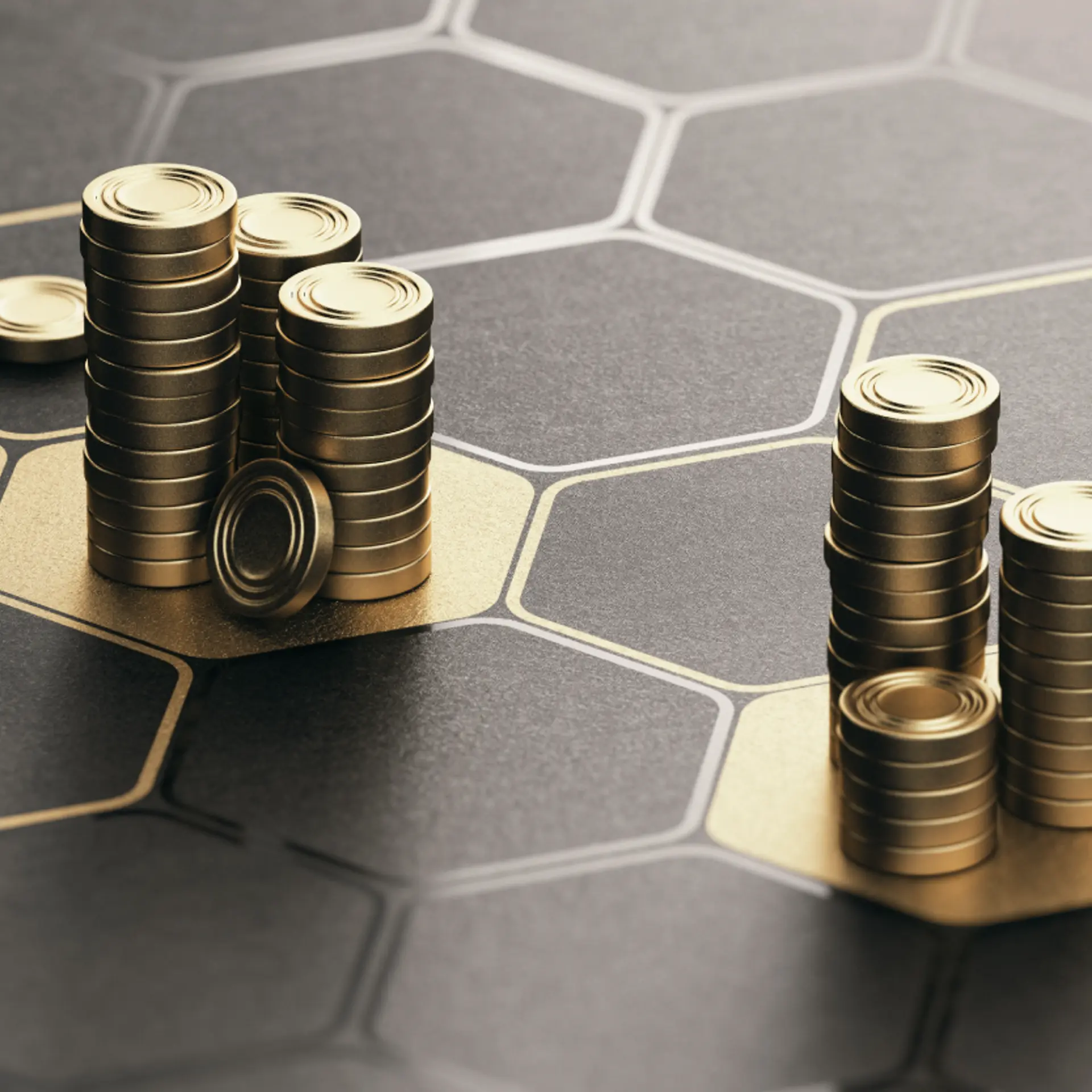From productivity to purpose: how designers are repositioning in the times of coronavirus
In Part II of our article series on the DesignUp panel, we share insights on sensemaking, core competencies, and tech transformation amid the coronavirus pandemic.
The DesignUp conferences team recently hosted a one-hour online panel discussion, titled DesignUp Circuit: The pandemic’s impact on design as a business (see Part I of our coverage here). See also the DesignUp report, Deconstruct: Understanding the State of Design-In-Tech, for insights on design community roles, education, and organisational impact.

The online panel was curated by Jay Dutta, SVP UX Design at MakeMyTrip, and anchored by Shiva Viswanathan, Brand and UX Coach for Ogilvy PennyWise. The five speakers shared insights on the role of design in the COVID-19 world and beyond.
The panel line-up included Ashwini Deshpande, Director and CoFounder, Elephant Design and Founding Member, Association of Designers of India (ADI); Anthony Lopez, Founder and Principal Designer, Lopez Design; Seema Seth, Founder, Studio Sky and General Secretary of ADI; Rahul Gonsalves, Founder and CEO, Obvious; and Madanmohan Rao, Research Director at YourStory Media.
In Part II of our coverage, the panellists discuss modes of operation, the role of trust in new online environments, and client partnerships. See our coverage of the annual DesignUp conference editions from 2019, 2018 and 2017, as well as our d-Zen (‘Design Zen’) section for more design resources.
The ‘Three S’ framework
As an approach to action, Madanmohan shared his framework called the ‘Three S’ – sensing, sensemaking, and sensitising. In other words, designers should scan the media frequently for interesting opportunities relating to design. For example, YourStory has published articles on COVID resources mapping, low-cost ventilators, monitoring devices, and design of masks in rural areas.
YourStory has also launched a Resource Centre for Startups and SMBs, with expert advice, business tips, and workflow suggestions. Other media have shared insights on design initiatives from Los Angeles, New York, and Japan, and sectoral activities of interior designers, architects, and medtech designers.
There is an information overload with data updates and news reports round the clock from all over the world. Visualisation tools, dashboards and animations are needed to help citizens, companies, and NGOs make sense of all this data.
The data points and patterns span cases, deaths, carriers, treatments, and recoveries across locations and time. Visualising such data helps interpretation and decision-making for a wide range of organisations.
To allay panic and fear, it is important for business leaders and the government to sensitise citizens to act responsibly. Communication messages, artworks, and campaigns should reflect higher emotions of trust, togetherness, and compassion – and not hate or blaming and shaming. Organisation leaders themselves should show empathy towards employees while sharing good and bad news alike.
Productivity and trust
Systems for working remotely, data security processes, and NDAs with teams and associates need to be in place, advised Ashwini Deshpande. “There have been times when some of us, including myself, have felt unease about putting so many SoPs in place for a creative team. But they have been extremely useful in the last few weeks,” she observed.
Training and discipline go a long way. “I am happy to say that our transition to working from home has been rather smooth and seamless. The best team productivity tool is called trust,” Ashwini emphasised.
“Don’t Google it. It is not an app. Trust is an emotional state. It is a belief in people’s behaviour. We have always used it and we continue to do so. So the productivity at our end has not really reduced,” she said.
Interestingly, one of Elephant Design’s long-time client partners was so surprised and happy with the seamlessness that he even suggested they increase the team size. This is because physical space is not an overhead in the online world.
Designers are doers, and not just dreamers. “I like the way we designers believe we are the only woke, lit, alt, indie people on this earth! We are all ‘nice people’”, Ashwini joked.

Outsourcing and insourcing
Rahul Gonsalves of Obvious acknowledged that there will definitely be some companies that double down on internal design teams. “But that’s been true for all of our clients as they achieve certain stages of maturity. That’s normal, healthy and to be encouraged,” he said.
However, there is still the case to be made for external design teams that have regularly delivered. They will be able to ramp up or down more quickly than an internal team. “I am cautiously optimistic about our role going forward,” Rahul said.
Work from home
Remote working, or WFH as it is now commonly called, is not new and is here to stay. Video calls, as compared to phone calls, offer media richness for activities like meetings.
“Important decisions can only take place if we eliminate ambiguity. We have been doing video calls for the first client interaction/briefing, key project presentations, feedback sessions, and even for the tough and uncomfortable conversations,” Seema Seth explained.
Since physical interactions aren’t possible right now, video calls at least allow participants to see softer aspects like facial expressions, body language, and displays of emotion. “A simple phone call just doesn’t have the same impact, and leaves room for too much ambiguity,” Seema added.
Business with purpose
Businesses need to be sustainable and profitable, but sensitive and responsible as well. The suffering and pain during the crisis has impacted people and businesses, and knocked a lot of sense into them, Anthony Lopez explained.
“It is obvious a lot of people and their businesses will want to think deep given this pandemic lockdown. Everyone is shaken and rattled,” he said. Nature is rejuvenating itself, and society needs to change the way it consumes and lives.
“Therefore, having meaning and purpose will take the forefront, along with the need to be authentic and true in business and in life,” Anthony emphasised. “Minimalistic living will become an everyday reality. Risk mitigation and disaster management will become the norm for all of us,” he added.
“The long and slow recovery to normality is going to influence us as a generation living it. Businesses, brands and governance will rise up to meet this challenge, to serve people well and more meaningfully,” Anthony predicted.
Technology will play a larger role in monitoring governance and environmental impact. “Technology transformation will be aligned with giving more respect for humanity and nature. We will also have better capabilities to understand technology and development, leading to wiser laws and principles which govern it, ultimately leading to the greater good,” Anthony added.
He feels there is a fantastic opportunity for designers to be useful, by creating value, and expanding the value proposition for long-term development. “You could be doing this leading from the front, or be part of the engine (being a good gatekeeper), or just servicing it with your skills. There are opportunities everywhere,” Anthony summed up.
Edited by Saheli Sen Gupta









